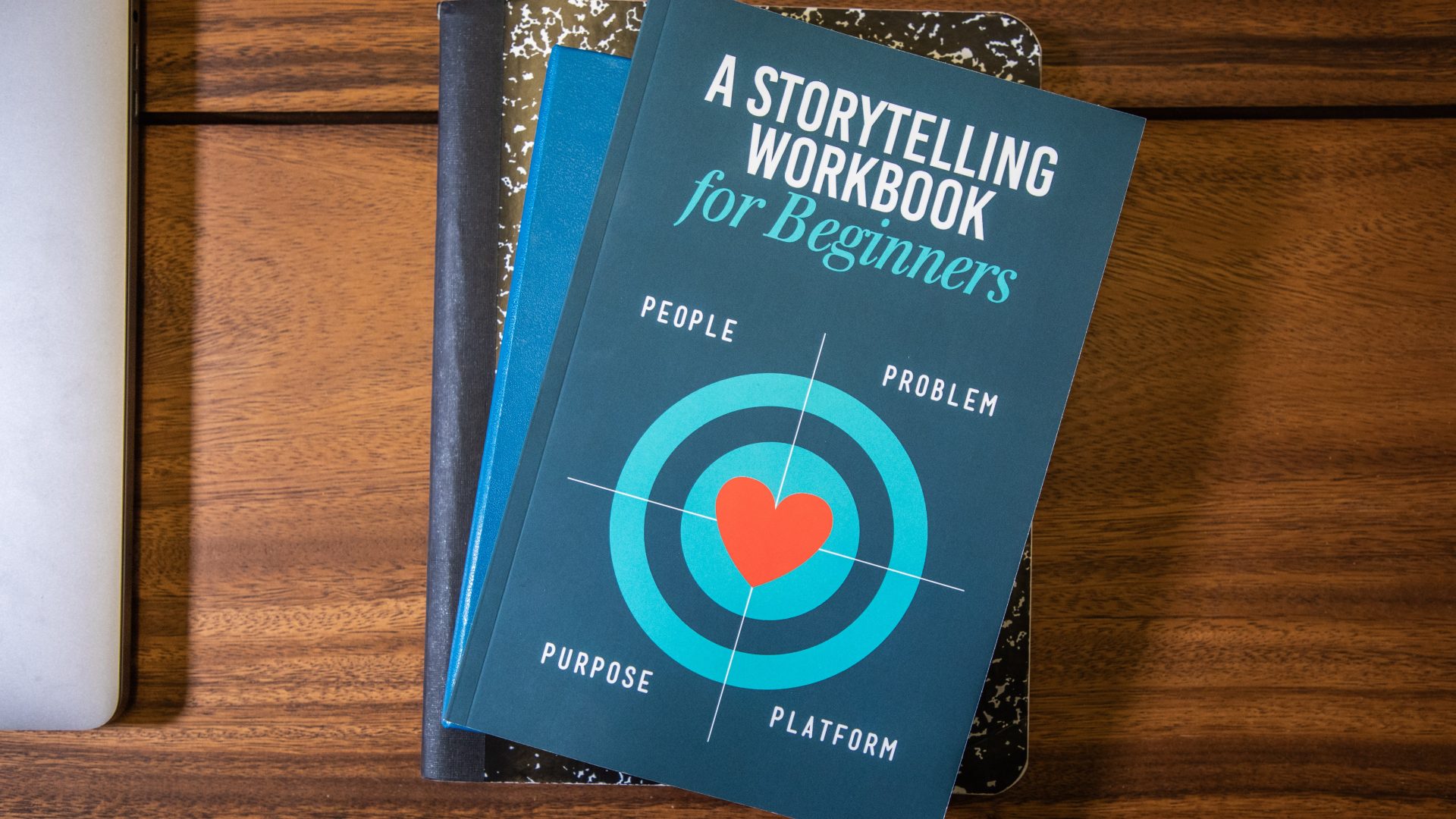
Let’s get visual!
“A good design encourages a viewer to want to learn more.” – Alexander Isley, Graphic Designer and Educator
Communicating complex ideas effectively, whilst keeping the audience’s attention can be difficult, but what if I told you that you can achieve it by utilizing visual thinking tools? Tools that help you create a memorable setting that instantly grabs attention.
When we’re trying to explain something complex, we tend to draw or sketch to describe what we’re thinking about. That’s because ideas are better processed and remembered when visualized in context. We feel more comfortable expressing ourselves visually when we need to give shape to an abstract concept – making the invisible visible and the intangible, tangible.
The power of imagery
Visual communication is the transmission of information and ideas using symbols and imagery. It uses a variety of visual elements to develop a narrative. Instead of going through walls of text, we can use a few images and it has the same effect.
In a world where attention spans are time-constrained, and users spend on average only 2 minutes browsing a website, visual communication is a key to get people engaged in your content.
Neuroscientists have discovered that the human brain is able to process images in just 13 milliseconds; therefore, illustrations, strategy maps, sketches or infographics are a perfect way to communicate faster and more successfully with your consumers.
The balancing act
We all know images open up the possibility of varied interpretation, therefore it’s clear that words will always remain an important factor in effective communication.
To convey clear information, words and images must interact with each other. Words can add new layers of meaning to visuals and vice versa.
So, what’s the ideal? The goal is to use words and visuals in a collaborative manner rather than perceiving them as independent entities. Humans are more likely to recall unique information, meaning new approaches to communication are more likely to be remembered.
No matter what you’re saying, it’s essential to consider how your audience will best understand your message.
Let’s say you’re providing insight to a new audience, it’s necessary to ask questions at every step: How can visuals help you make sense of that data? Is your intention to influence attitudes or beliefs? How can visual communication strike the right tone or highlight the most important elements you’re wishing to convey?
The answers to these questions will determine when visual content is the right answer, and how you can apply it.
Author: Nicole Levings



